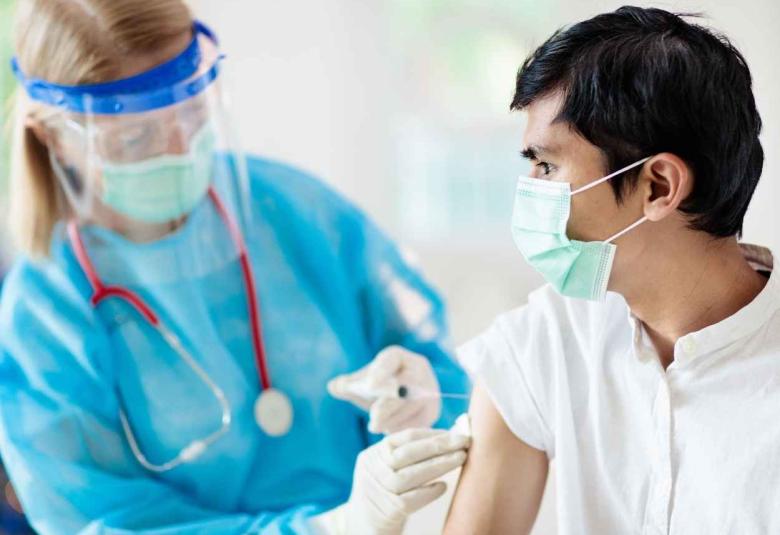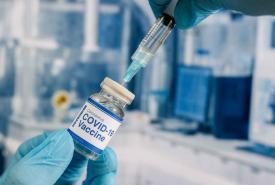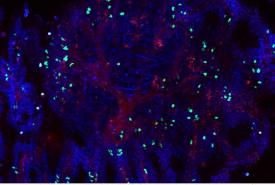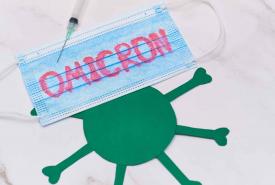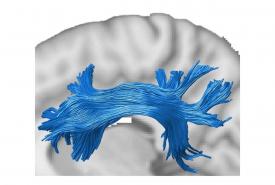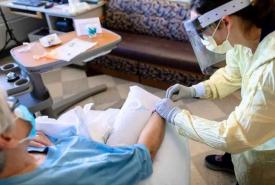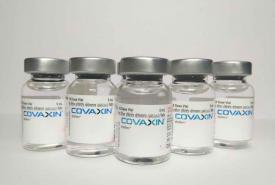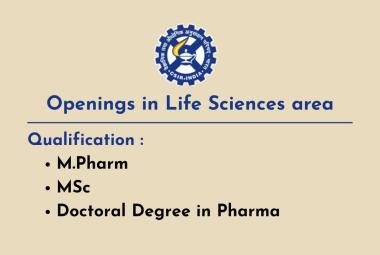Adverse Events after COVID-19 Vaccine in Indian Population
Medical interns from India studies adverse Events after COVID-19 Vaccine in Indian Population. The study determined the incidence of adverse events experienced by participants post-COVID-19 vaccination and compared adverse events in participants receiving Covishield and Covaxin.
There are a lot of published studies on the efficacy of these vaccines but little is known about adverse events following vaccination outside of clinical trial data.


